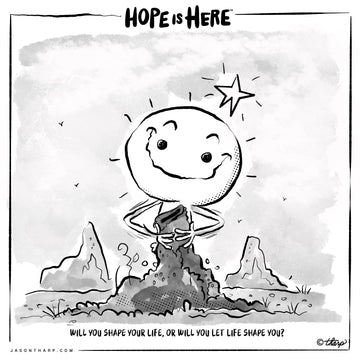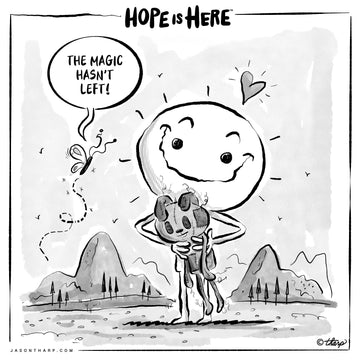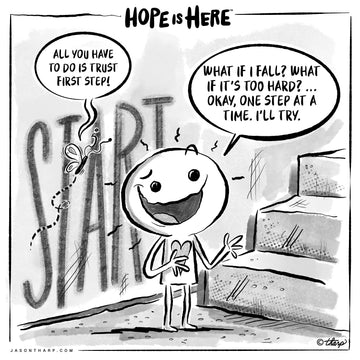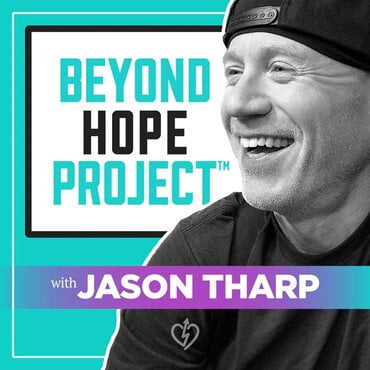As I write this, I'm sitting in my hotel room in Montreal, still processing what just happened at the VBHC Summit Canada. My first time in this beautiful city. My first time speaking to a completely international audience about value-based healthcare. And my first time realizing that hope truly is a universal language.
Lost in Translation: When Medical Language Becomes Foreign
Walking through Montreal's streets felt like stepping into a foreign film where I was the only one without subtitles. French signs everywhere. Conversations flowing around me in a language I couldn't decode. For someone who's spent his entire life in the US and admittedly never found much interest in learning a second language, it was disorienting.
But here's the thing about being lost in translation: it reminded me exactly of my early days on the healing path.
When I was first diagnosed with Grade 4 Glioblastoma, the medical world threw terms at me faster than I could process them. Oncologists speaking in acronyms. Nurses using clinical language that might as well have been French. Treatment protocols that sounded like secret codes. I was drowning in a sea of words I didn't understand, fighting for my life in a language I hadn't learned yet.
From Patient to Speaker: My Journey to VBHC Summit Canada
The VBHC Summit Canada brought together healthcare leaders from across the globe, all focused on transforming care to deliver outcomes that matter most to patients. This wasn't just another medical conference. This was a gathering of people committed to revolutionizing how we measure success in healthcare, moving beyond volume-based metrics to value-based care that puts patient outcomes first.
I had been invited to share my perspective as a long-term brain cancer survivor, but there was a catch. My usual keynotes run a full hour, giving me time to weave through my story, build connection, and guide audiences through the H.O.P.E. Algorithm. This time? Twenty-five minutes. How do you compress a life-changing message into such a tight window?
The Universal Language of Resilience in Healthcare
What struck me most was the response afterward. People approached me with thoughtful questions about how to scale the H.O.P.E. strategy in their own healthcare settings. They shared how inspiring the talk was, but more importantly, they asked personal questions about how they might adopt some of the ways I've navigated adversity in my own life.
These weren't just polite conference pleasantries. These were genuine inquiries from healthcare professionals who recognized something in my approach that could translate to their work, their teams, their own challenges.
The beauty of it was this: I didn't have to explain much. I simply shared my story, and the power of HOPE came through. The language of resilience transcended every barrier in that room.
This is what I've discovered connects all long-term survivors like myself. We find that one guidepost, that one example showing it can be done. Just like Roger Bannister breaking the four-minute mile barrier, suddenly making the "impossible" achievable for others. Just like how HIV and AIDS, once considered automatic death sentences, have been transformed through medical advances into manageable conditions.
For those of us living with GBM, we need those guideposts. We need proof that the impossible is optional.
Why Hope Transcends Every Barrier
What I talk about is 100% true: Hope isn't a passive wish but a powerful strategy and a universal language.
In that Montreal conference room, filled with healthcare professionals speaking different languages, representing different countries, working within different systems, hope became our common tongue. When I talked about being hyper-aware of my patterns and potential, they understood. When I shared about staying open-hearted through the darkest moments, they nodded. When I emphasized persistence over perfection, they leaned in. When I spoke about empowering others through our own transformation, they felt it.
The beauty of value-based healthcare is that it puts the patient at the center. It measures success not by how many procedures we perform, but by how much we improve lives. It recognizes that healing happens in the space between doctor and patient, in the trust built through empathy and understanding.
This is exactly what hope does. Hope centers the human experience. Hope measures success by transformation, not transaction. Hope builds bridges between where we are and where we're going.
Becoming the Guidepost Others Need to See
My purpose has become crystal clear: to be that guidepost for others facing their own impossible. To show that surviving Grade 4 Glioblastoma isn't just possible, it's happening. To demonstrate that redefining hope from passive wishing to active strategy changes everything.
But Montreal taught me something even deeper. Hope doesn't just translate across languages. Hope translates across cultures, across medical systems, across every barrier we think divides us.
Whether you're a brain cancer patient in Ohio or a healthcare leader in Quebec, whether you're fighting for your life or fighting to save lives, HOPE speaks to that part of you that refuses to accept impossible as final.
The conversations I had after my talk proved this. When we lead with hope, when we choose vulnerability over invincibility, when we share our stories instead of hiding our scars, something magical happens. We give others permission to hope too.
You're allowed to hope, no matter what language you speak. You're allowed to believe in your capacity for transformation, no matter what system you're navigating. You're allowed to be the guidepost someone else needs to see.
Because hope isn't just a wish. Hope is a strategy. And hope speaks every language.
Your story matters. Your healing matters. Your hope matters.
The world is waiting to hear it.
HOPE isn't a passive wish. It's a strategy.









